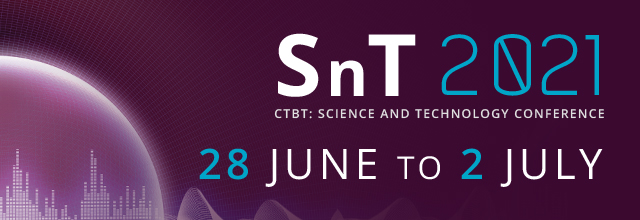Speaker
Description
Quality control (QC) in beta-gamma coincidence systems that are used for radioxenon measurement is currently performed using a Cs-137 check source. Compton scattering in the scintillating plastic (polyvinyl-toluene) of the beta detector creates a line of activity from the 667 keV gamma captured by the sodium iodide (NaI) across the beta dynamic range. Fitting the Compton scatter line provides a beta endpoint energy. The beta endpoint is used in combination with the 662 keV gamma peak to track the gain drift in the system before and after a sample measurement to ensure system stability during the count. Periodic QC checks are performed as well to monitor the long-term health of the system. By introducing another isotope to the check source, Ba-133, a second Compton scatter line can be generated in the coincidence counts that is well separated from the first. This would provide improved gain tracking, efficiency monitoring, and potential data on detector degradation. The multiple low-energy gamma lines of Ba-133, as compared to the 662 keV of Cs-137, would provide additional peaks for the energy and efficiency calibrations.
Promotional text
This presentation provides a new method for improving the reliability and accuracy of nuclear test monitoring systems.

